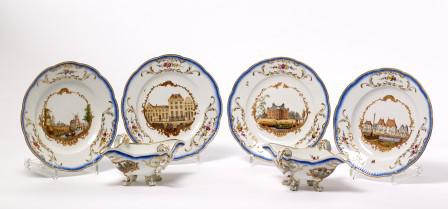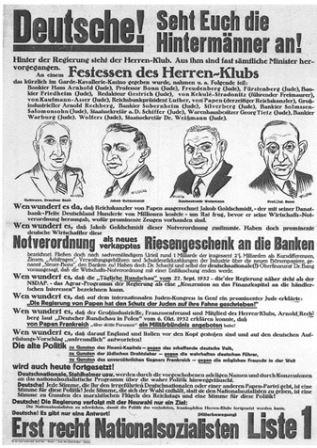Recommendation
In a letter dated 24 June 2015 the Minister of Education, Culture and Science (hereinafter referred to as the Minister) asked the Restitutions Committee (hereinafter referred to as the Committee) for advice about the application for the restitution of thirteen objects from the Dutch National Art Collection. In a letter of 21 December 2017 the Minister added a further object to her request. The restitution application concerns pieces from the Stadholder Service, a Meissen porcelain service decorated with scenes in the Netherlands and the Dutch East Indies. On 28 November 2014 the lawyer Olaf Ossmann of Winterthur, Switzerland, submitted the restitution application to the Minister on behalf of AA and BB, CC, DD, EE and FF (hereinafter referred to as the Applicants). The Applicants contend they are entitled to the estate of Herbert Gutmann (1879-1942) and they assert that he lost possession of the currently claimed objects involuntarily due to circumstances directly related to the Nazi regime. In this case the Minister is represented by the Netherlands Cultural Heritage Agency (RCE).

